crepuscoli spiangenti
Ernesto Sartori
07.02.2019 - 30.03.2019, opening 07.02.2019
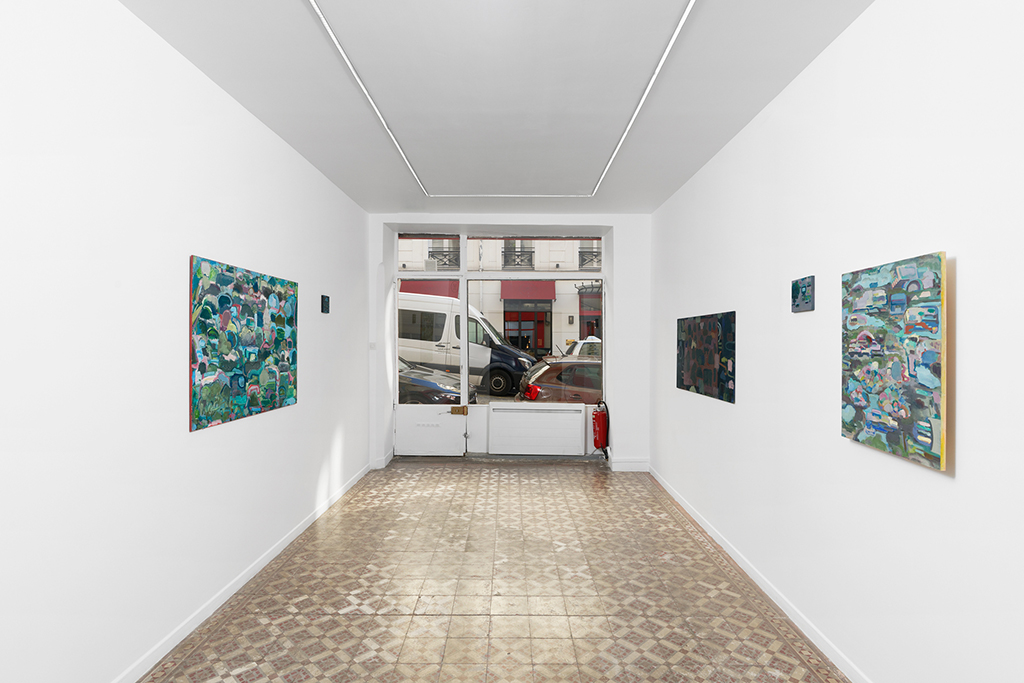

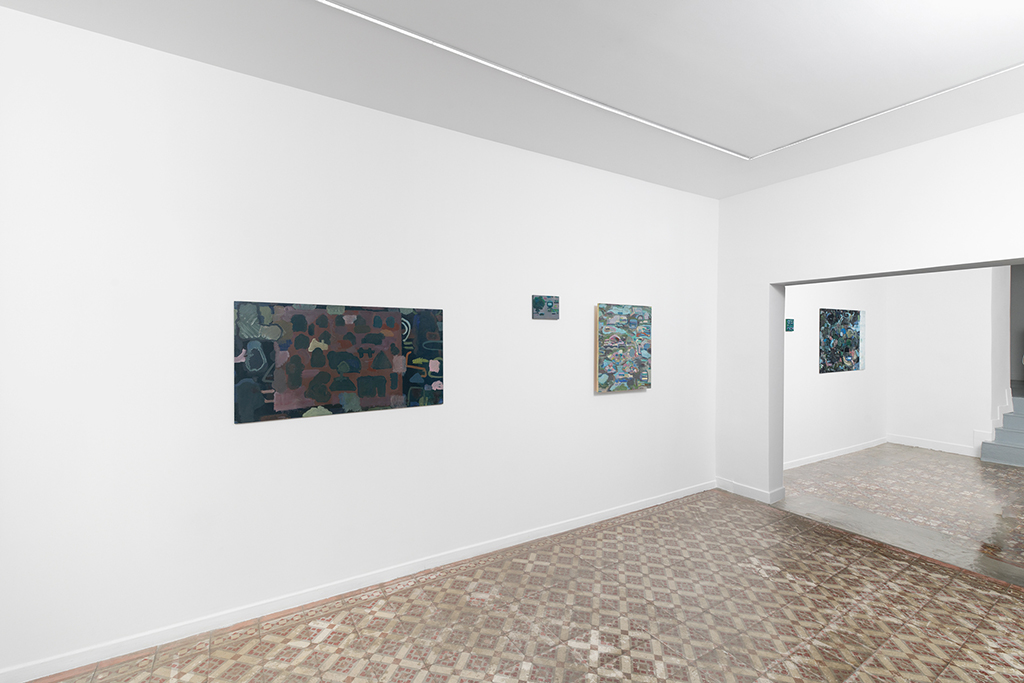
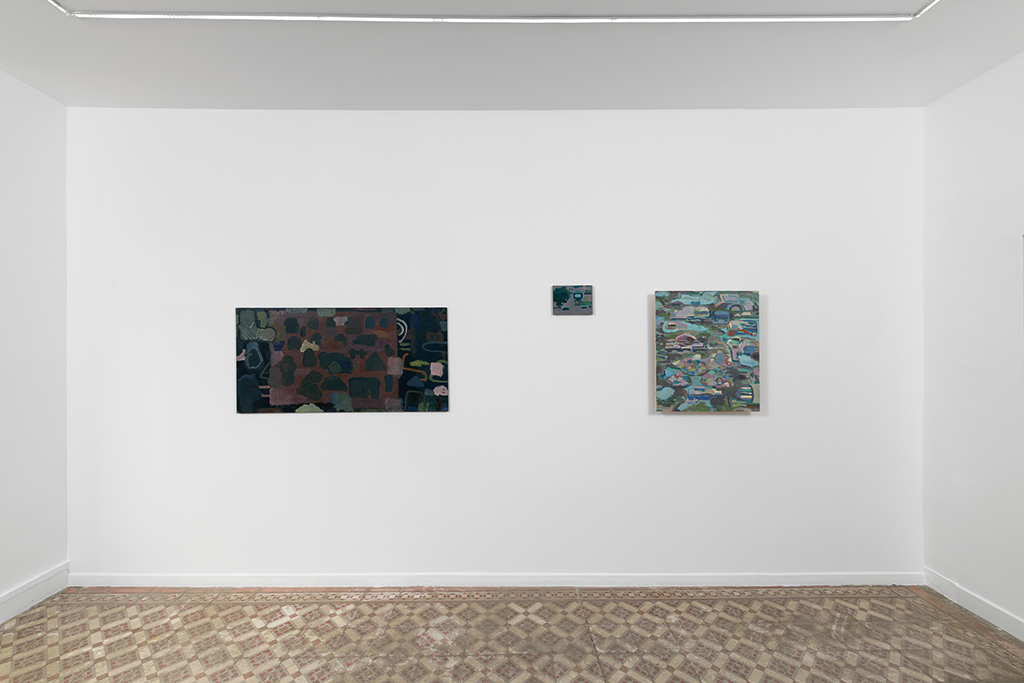
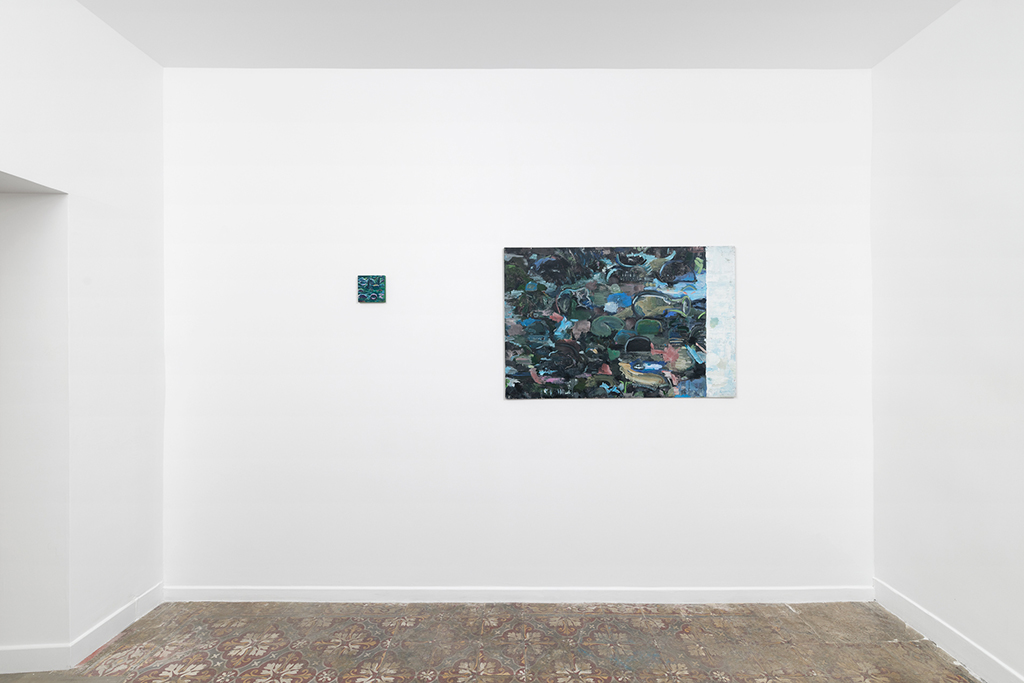
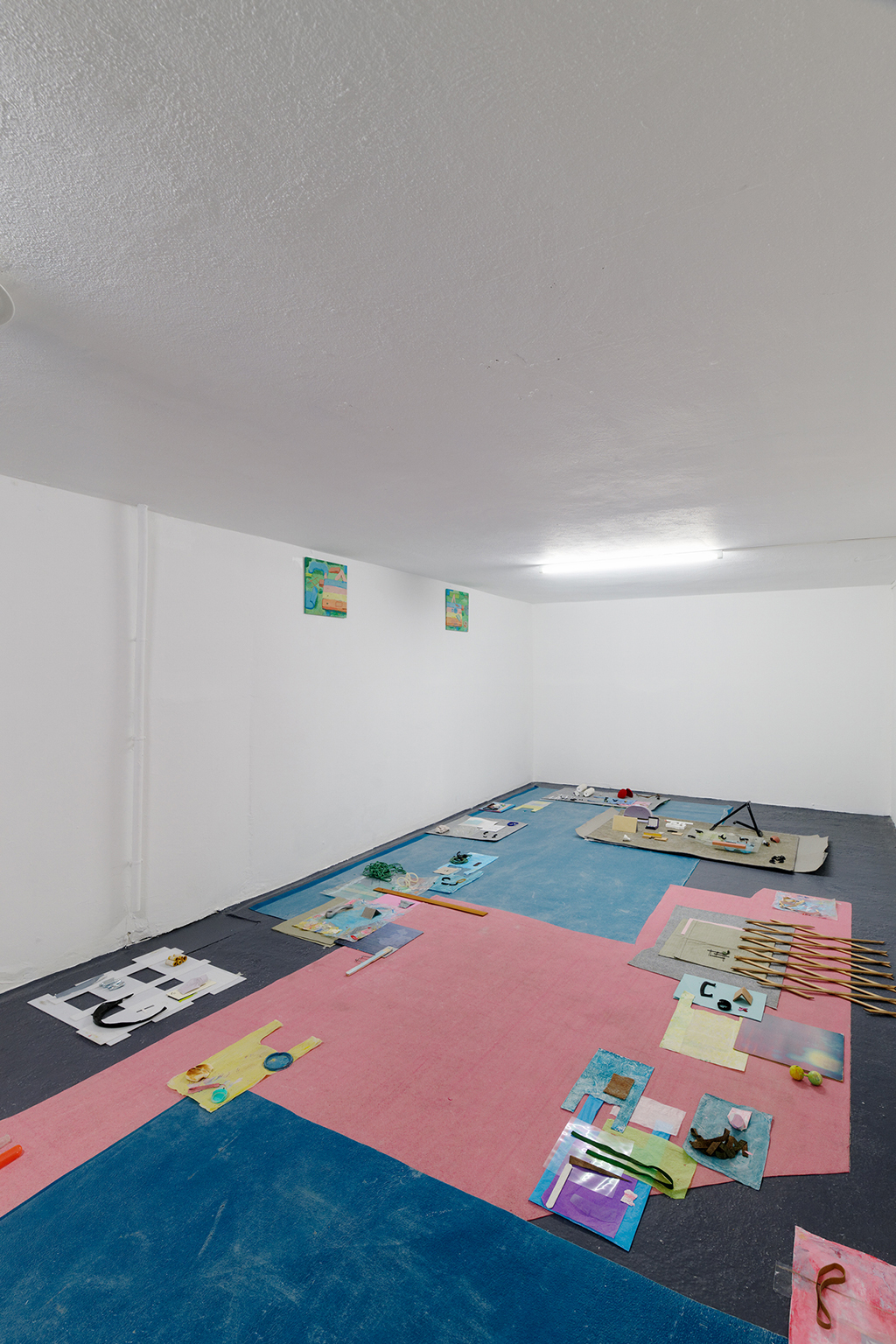
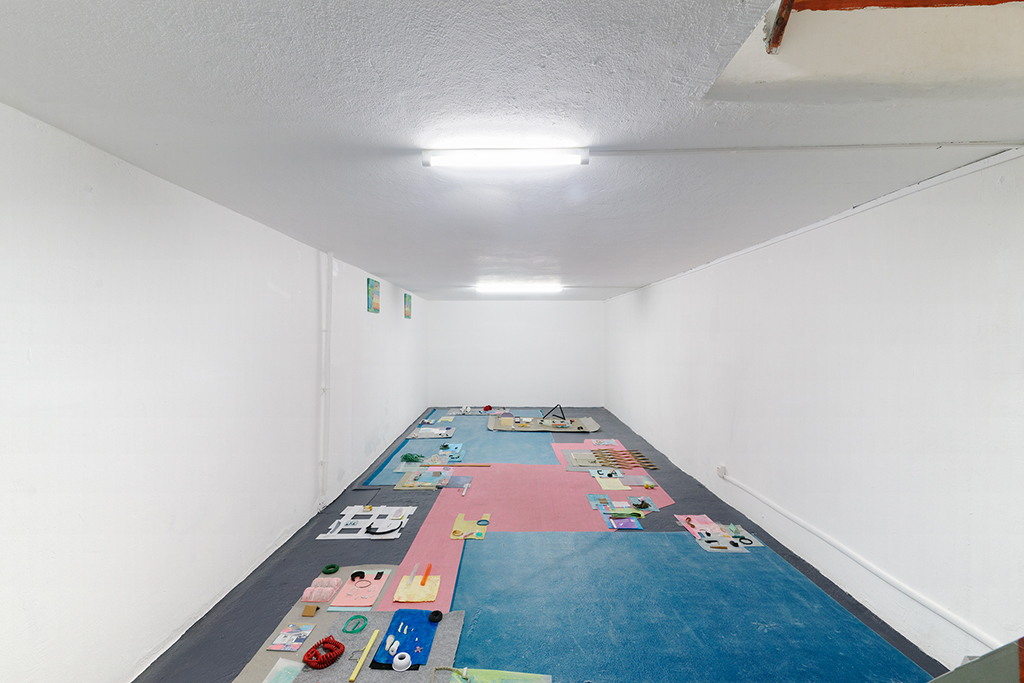
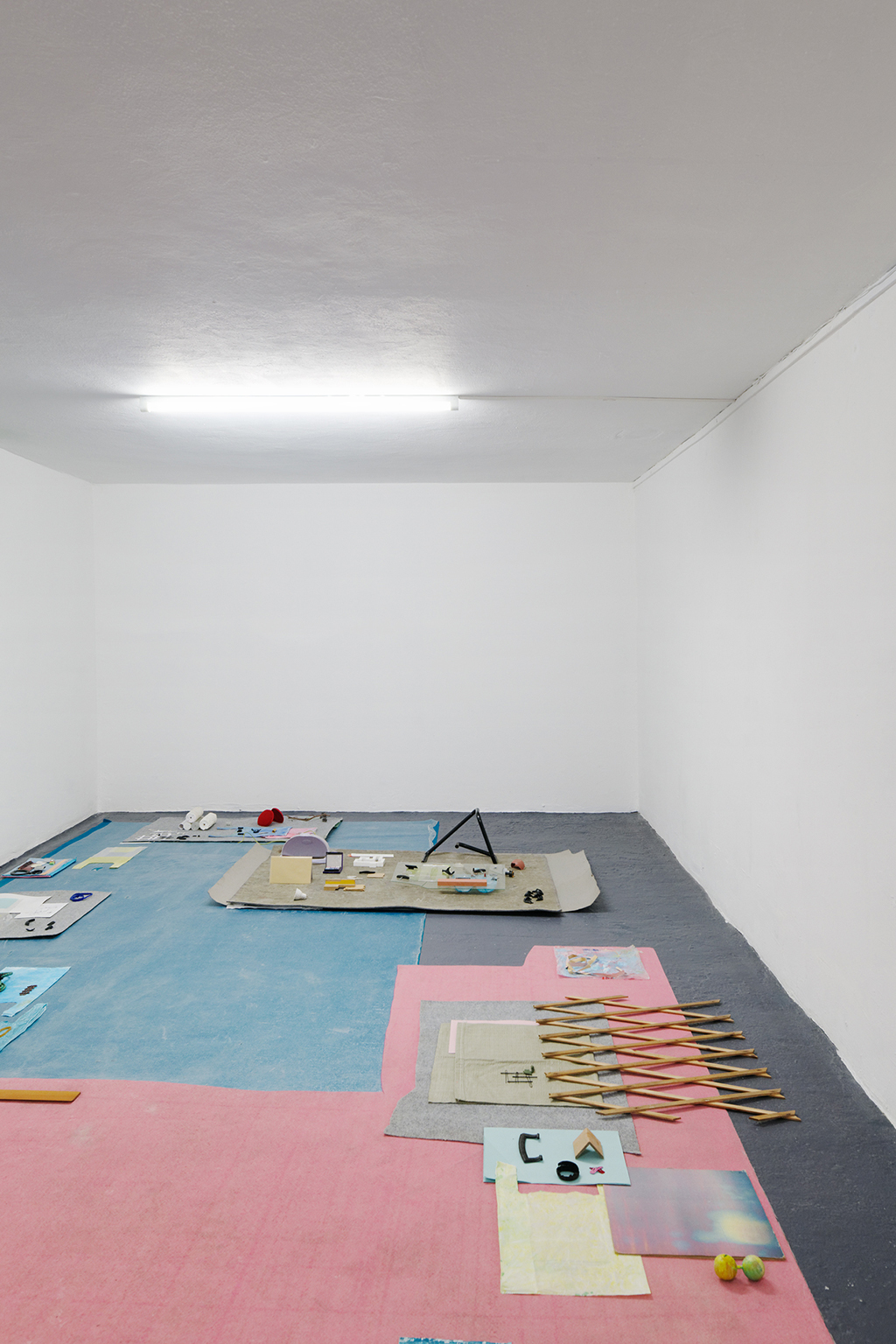
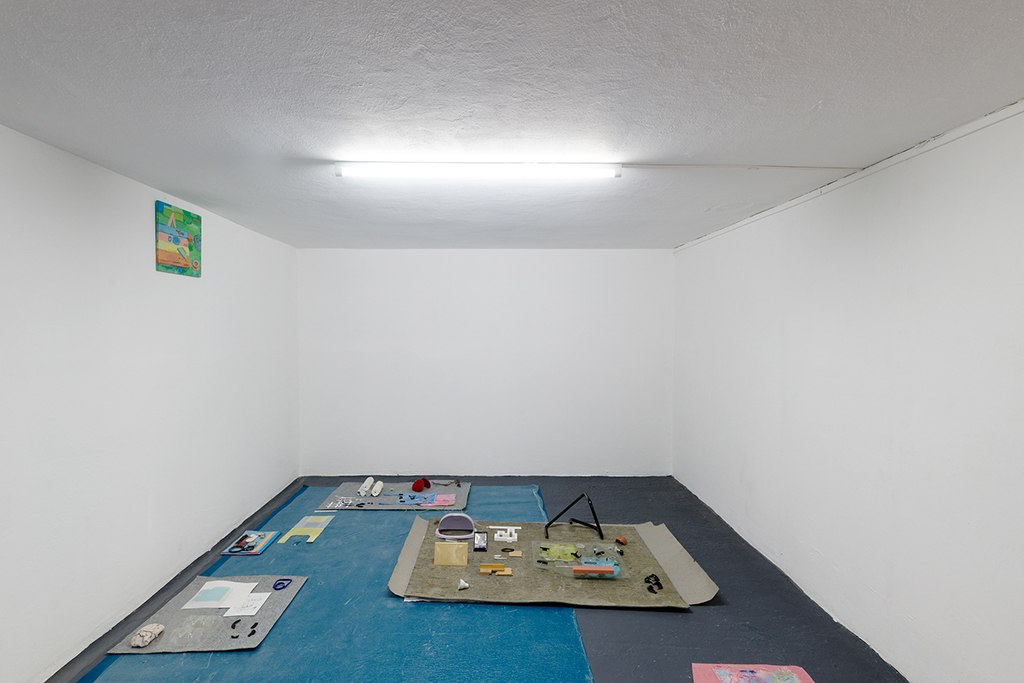
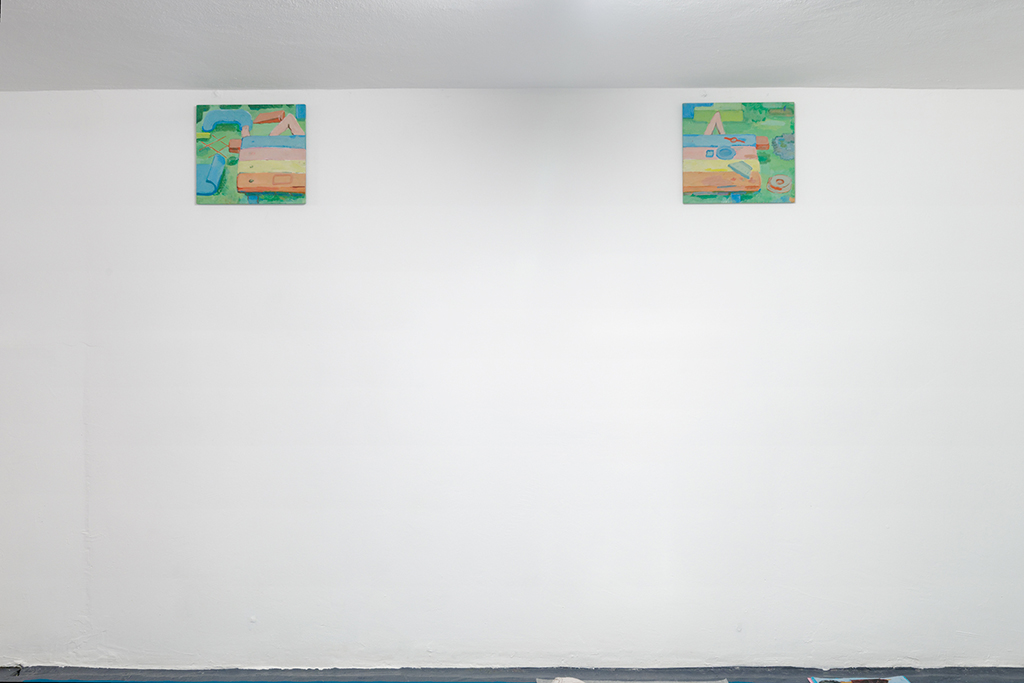
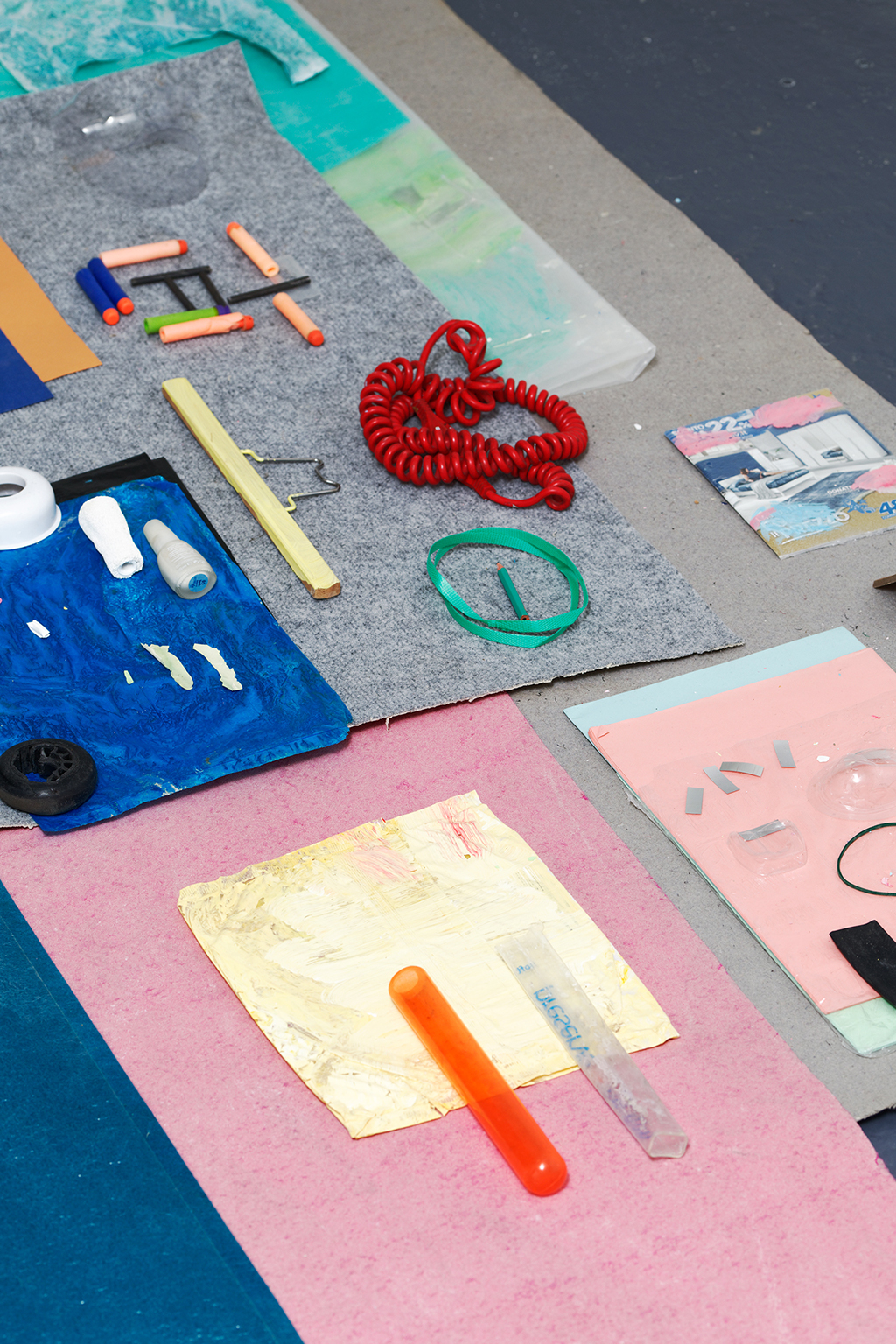
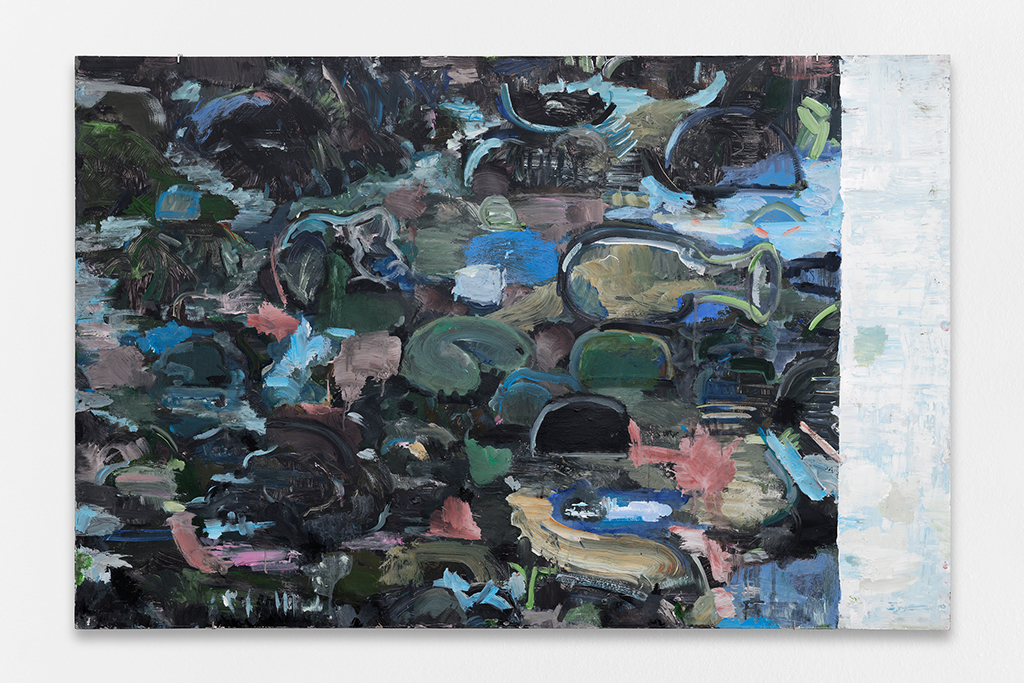
palo lampo, 2018
acrylic on wood
122 x 82 x 2,5 cm
unique
photo: Aurélien Mole

I ghiocci, 2018
Acrylic on wood
61 x 122 cm
unique
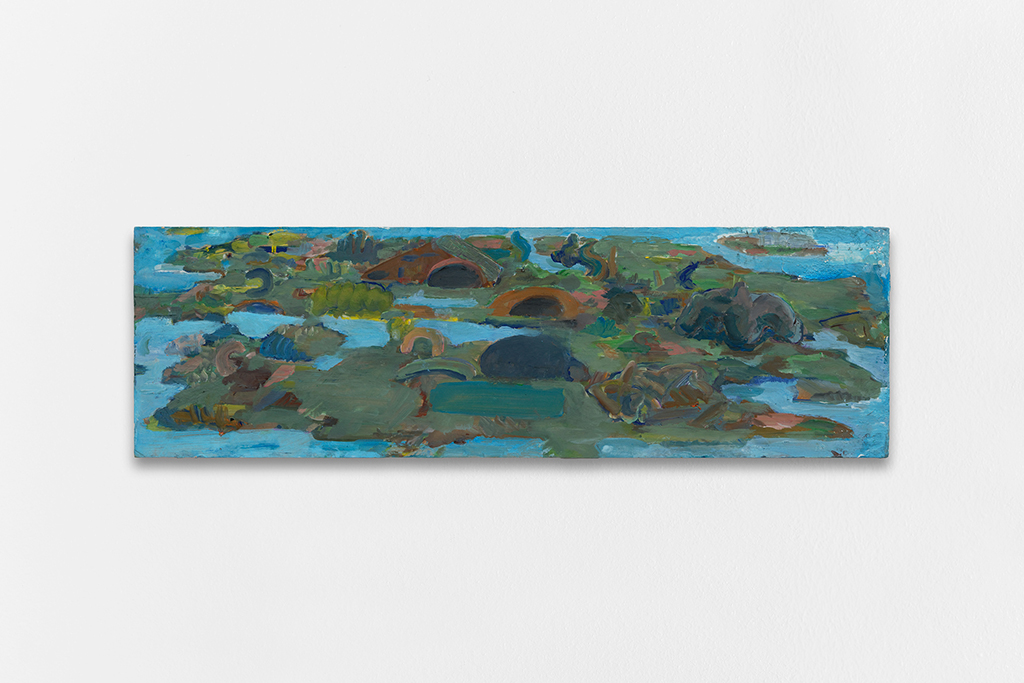
risacche, 2018
gouache on wood
14,5 x 47 x 2 cm
unique
photo: Aurélien Mole
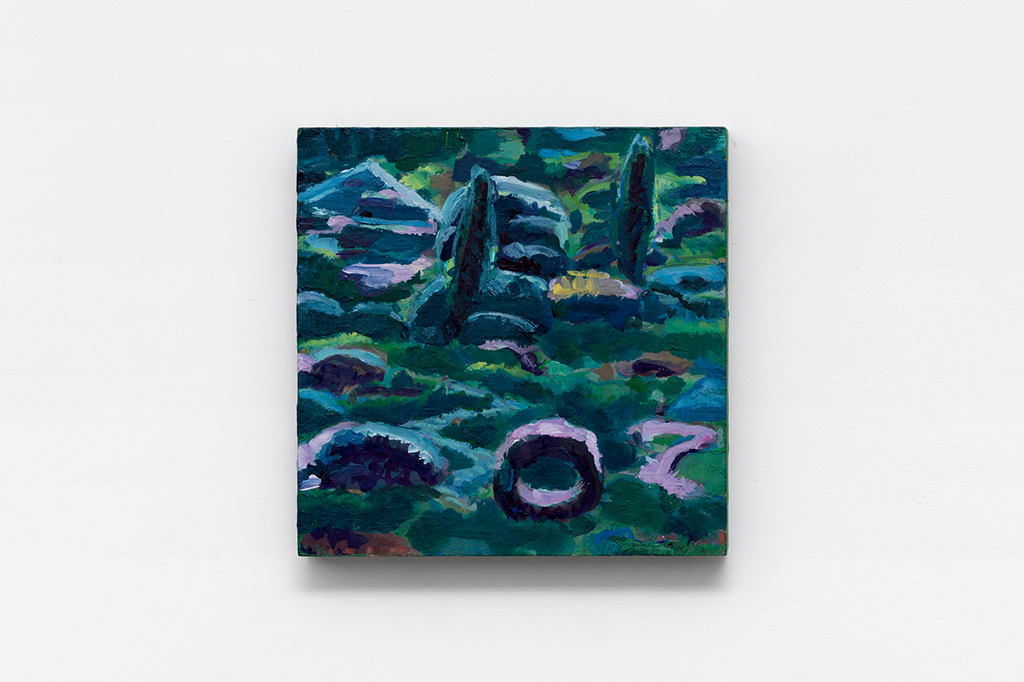
la terzultima porta, 2018
gouache on wood
14,5 x 14,5 x 2 cm
unique
photo: Aurélien Mole
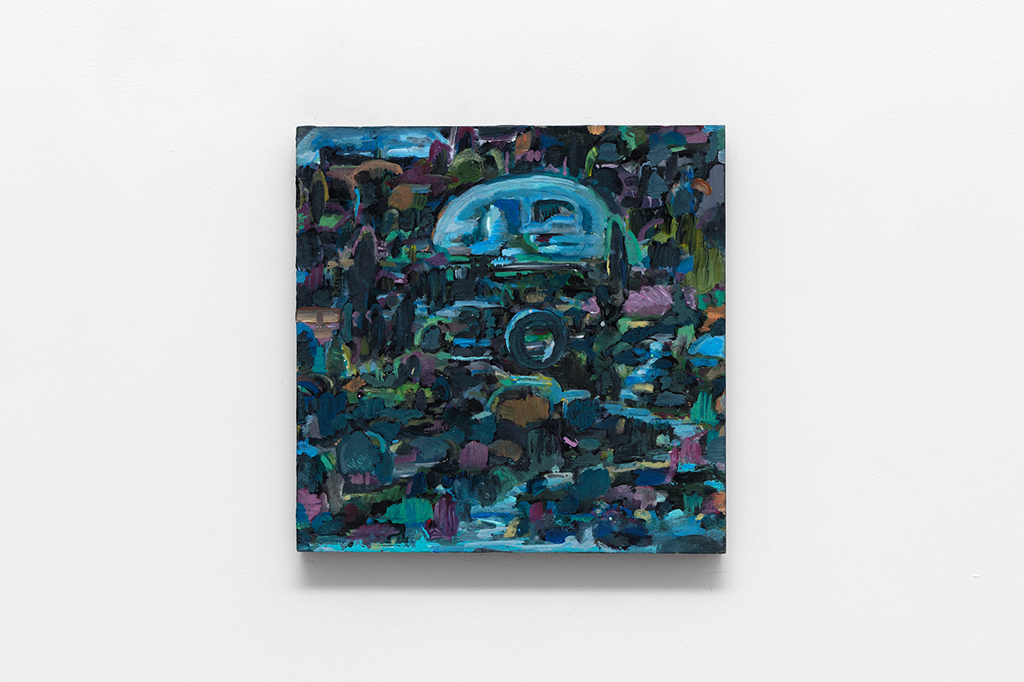
la penultima porta, 2018
gouache on wood
14,5 x 14,5 x 2 cm
unique
photo: Aurélien Mole
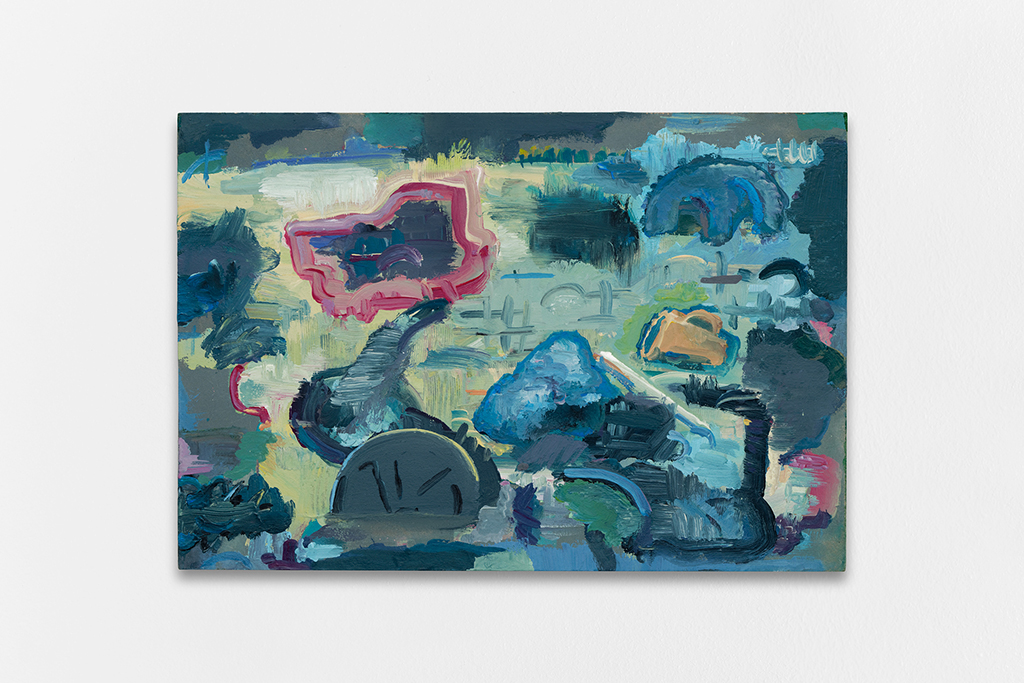
tappeto indiferente, 2018
gouache on wood
21 x 30,5 x 1 cm
unique
photo: Aurélien Mole
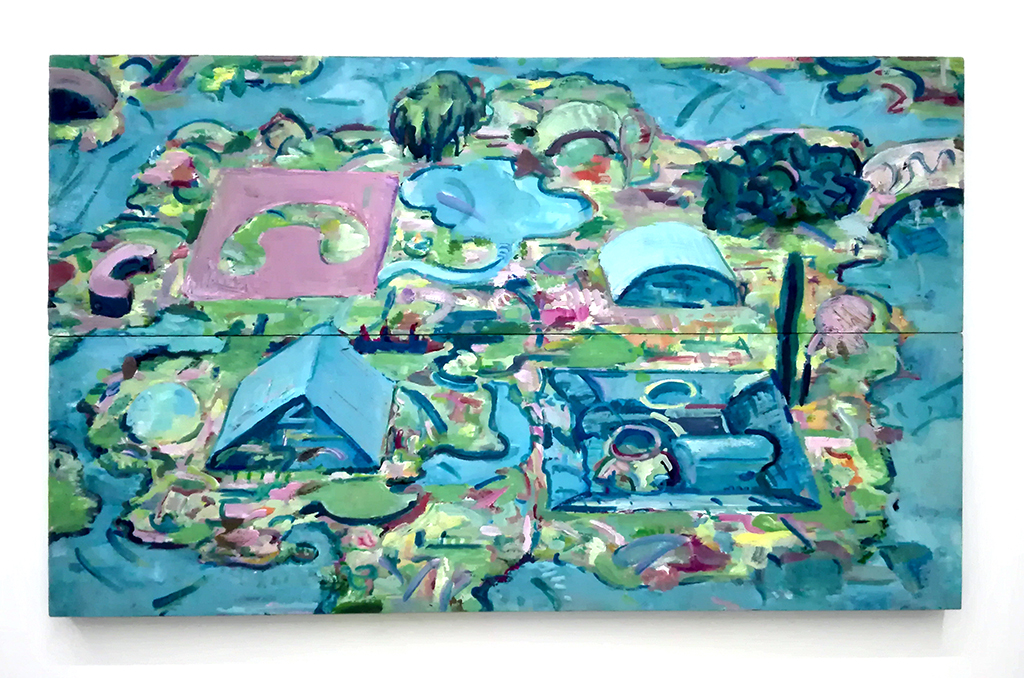
un insieme per sé, 2018
gouache on wood
29 x 47 x 1,5
unique
photo: Aurélien Mole

corollario lorato, 2018
acrylic on wood
86,5 x 122,5 x 1,5 cm
unique
photo: Aurélien Mole
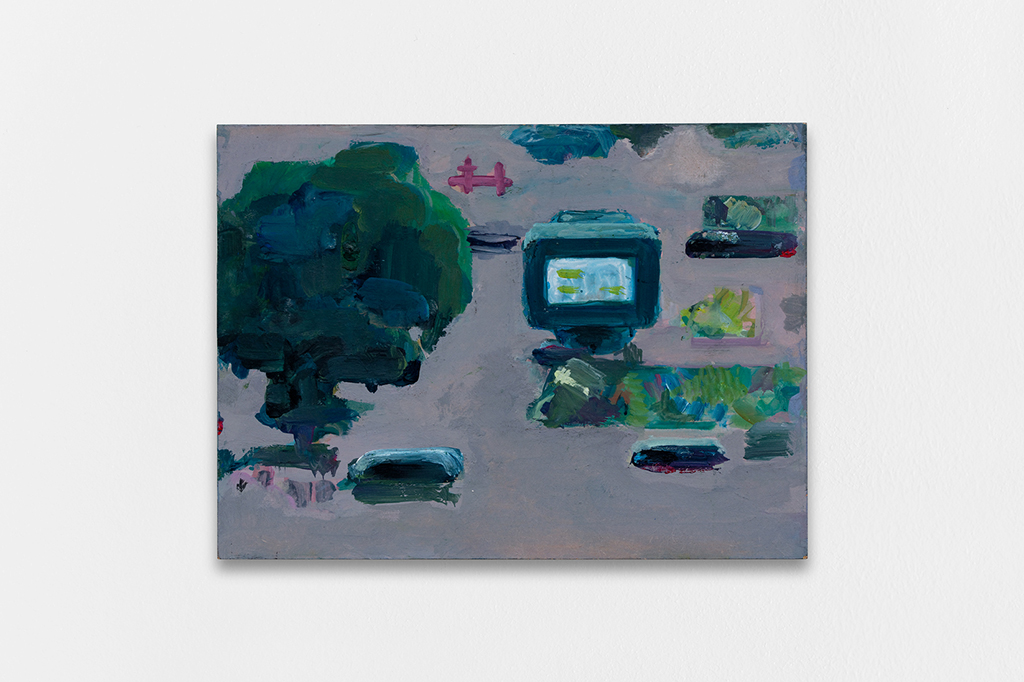
crepascoli spiangenti, 2018
gouache on wood
17,5 x 23 x 2 cm
unique
photo: Aurélien Mole
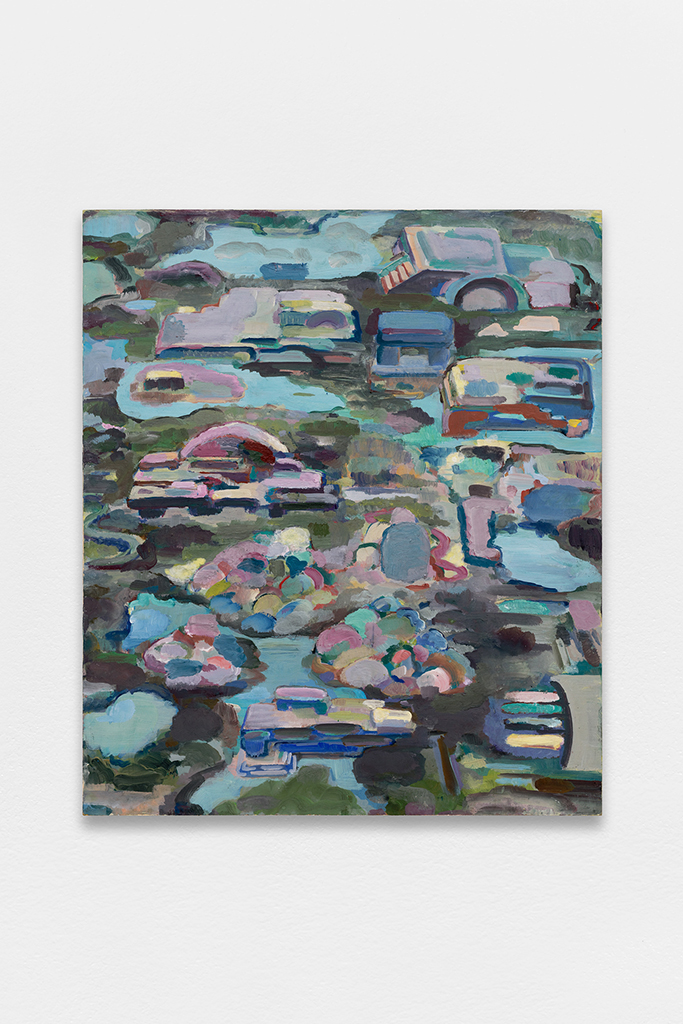
scrivania meteorolana, 2017
Gouache on wood
70 x 60 cm
unique
Amongst all the artists represented by us, Ernesto Sartori is perhaps the one whose advancement we have followed most closely, ever since his years of study at the school of Fine Arts in Nantes. He is also the artist who has surprised us the most, conducting these sculpture experiments with a paint brush in hand to revisit form differently — certainly in a more fluid way. During his first exhibition nine years ago, we let him fill up the gallery space with very large volumes, which he enjoyed climbing onto in order to hang paintings and drawings at unexpected heights. At that time, he intended to settle under these very volumes to sleep and continue adding several touches on paintings we believed had been completed.
In retrospect, we understand that his three-dimensional experimentations had been produced for the purpose of his painting. Similarly to Uccello, who would build wooden horses to get a better picture of the physical reality of the Battle of San Romano, one could approach Ernesto Sartori's installations as life-size experiments for pictorial compositions that go beyond the model since they do not disappear to give way to painting. Accompanied by Ernesto, we had until now imagined that the paintings moved the sculptures in different spaces and contexts, which were most often imaginary. The science-fiction narrative has always been for him a model for understanding art and the necessity to question simultaneously various realities and thus various media. Ten years later, this interpretation is refuted by the greater autonomy of his painting. The latter has thickened while the volumes are no longer raised as high above the ground, preferring instead to spread as ‘‘fragments’’ that are smaller, consisting of pieces of fabric, of recognisable objects, of supplies, and bits of materials. These installations appear to serve painting, as palettes available to the subtle colourist that he is. It is wonderful to observe what could be called the freedom of the painter: a way of exhibiting his work without expecting any form of museumification of his tools (here, they are tool-artworks) materialising all that comes before and the origins of what we are looking at.
Ernesto regularly revisits classic themes, such as still life or landscape painting, without separating them. We rediscover everyday objects under the open sky. All the earth has to do is absorb them, but it will likely take longer than the very life of the painting. His paintings and installations are archeological events, situations that are closer to life — and to its broken springs — than to an ideal image. The painting is not merely a lie. It also has the frankness of not suspending time or entangling it. Ernesto’s painting shows us objects that the earth can spit out at any time, solitary things that have nothing to do with the shiny fruits of ancient myths. These objects do not flatter anything, they are in the way. And yet, Ernesto makes them funny and touching like the Harlequin costume. He organises and creates colour gradients in his installations, he dissolves objects within his paintings, like this piano that is invisible when looking at it closely and yet well present — a sheet of paper placed on its lid and about to fall on the floor. As we stare — in a blurry state of mind — at the things that are before us, it is sometimes possible to see particles, a light rain shower beating down, in an unreal way, on what surrounds us. Painting is thus something that is both dead and alive, which tenses up our eyes, makes our vision more powerful, whilst participating in the fall and the birth of worlds.
We are not simply eager to understand what is going on in the head of this painter, who cannot be categorised. We are in the work, in the pieces, because they brilliantly represent us. These kinds of metaphysical discharges that Ernesto sends to our bodies and to our minds are as important as a recovered skyline.
MA